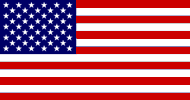



![]()

.

Sherman M4A3
The M4 General Sherman was the main battle tank designed and built by the United States for the conduct of World War II. The M4 was the most widely used tank series in the war, being employed not only by the US Army and Marine Corps but also by British, Canadian, and Free French forces. The M4 was employed in North Africa, Sicily, Italy, and western Europe and throughout the Pacific Theatre. A total of 49,324 tanks was produced in 11 plants between 1942 and 1946.
US doctrine for employing armored divisions foresaw tank destroyers, not tanks, defeating enemy armor. Chance encounters between tanks might occur, but the primary role of the armored division was to exploit and pursue, not fight enemy armor. The Sherman’s low-velocity 75 or 76 mm gun was chosen because the Army’s artillery branch wanted a cheap, reliable weapon for fire support.
For all these reasons, the US Army standardized on the M4 Sherman medium tank, an excellent compromise between reliability, mobility, armor protection, and gunpower. When the British first employed the Sherman in North Africa during late 1942, it proved to be at1east equal, if not superior, to the German second-generation tanks, Mark III and IV.
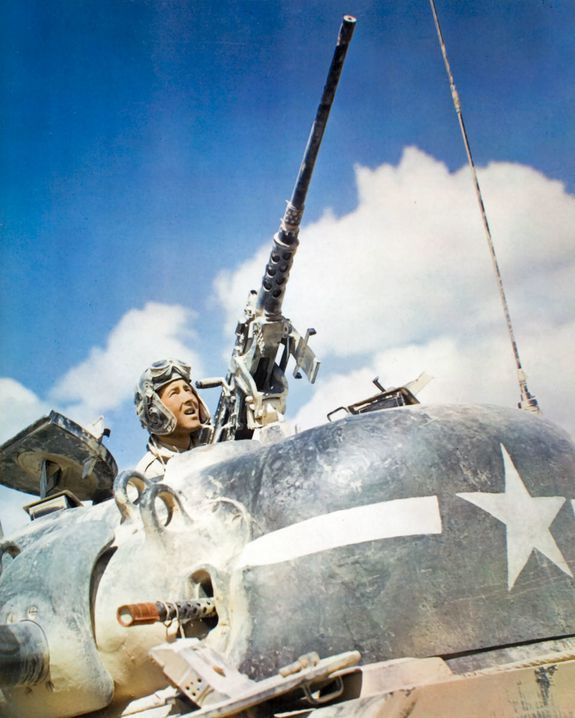
The width limitation hampered the Sherman by forcing designers to give the tank narrow tracks. These tracks had much less mobility in muddy terrain than the wider tracks used by the Soviets and Germans. The M4's only advantages over later German tanks were superior reliability and a power-driven turret. During meeting engagements at close ranges this latter feature allowed the Sherman's crew to traverse their gun and engage the enemy more rapidly than could German crews using hand-cranked turrets. Sherman tank crews often carried a white phosphorus round in their guns to blind enemy tanks during such maneuvers.
Once the Tiger tank appeared in Tunisia in early 1943, however, the Sherman tank and most of the US antitank force seemed inadequate. The Sherman was badly outclassed by German medium and heavy tanks, most notably the Mark V Panther and the Mark VI Tiger. With their heavier armor, the Panther and Tiger were almost impervious to rounds fired from the Sherman’s 75 or 76 mm main gun; conversely, the 88 mm gun on the German tanks usually made short work of their American opponents.
Although these observations are commonplace, they reflect a mis-understanding of American armor doctrine of the time. Enemy tanks were to be countered, not by American tanks [such as the Sherman], but by dedicated anti-tank tank-destroyer units, such as the M18 Hellcat, built on the chassis of the Sherman tank. US doctrine did not embrace the concept of tank-on-tank combat until 1946. US anti-tank crews outmaneuvered their foes, disabling the German tanks with a shot against their sides or rear, where the armor was thinner.

The M4 Sherman tank was no technological match for German armor, but this was not because the United States could not design and build a better tank. It was because the Sherman tank fit easily into Liberty ships, and a major change in design would have meant severely reduced production while factories retooled for the new model. Although it was no match for German heavy tanks in firepower and armor protection, the M4 medium, with its superior mechanical reliability and capacity for traversing rough terrain, especially in mountainous areas, was the workhorse of the war. Employed in practically every conceivable way that a tank could be used, it performed the infantry-accompanying role, it operated as light cavalry, it spearheaded armored attacks, it played an antitank role, and it functioned as auxiliary artillery.
Despit its drawbacks, the Sherman remained the main battle tank of the US Amy. General Eisenhower remained convinced of the high quality of the M4 Sherman tank until newspaper accounts detailing NCO and junior officer disagreement caused him to query his subordinates in the spring of 1945. Only then did he learn of the clear superiority in armor, armament, and even maneuverability of the heavy German models.
In early 1945, apparently as a result of the large-scale German armored attacks during the Battle of the Bulge, the US Amy finally allowed a few heavy tanks of the T20 series to be sent to Europe for combat testing. The army's Ordnance Department had developed the T20 series in 1943, but considerations of doctrine, shippingp and mass production had prevented its use in battle until the closing days of the war.
The T-34 Multiple Rocket Launcher, mounted on M4A3 tanks, fired 4.5-inch rockets. The M4A3E2 was a Sherman medium tank to which more armor had been added. Only a few of this model reached the European Theater of Operations before the end of 1944. It was intended as a stop-gap until the heavier Pershing tank could be put into production. The M4A3(E8) "Easy Eight" tank did not enter service until late in the war. The M4-A3HVSS Sherman tank was one of the most widely produced in its time. Its weapon systems consist of a 105-millimeter cannon, and two .30-caliber machine-guns.
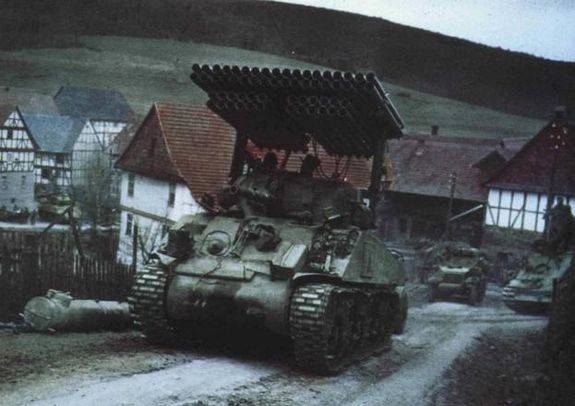
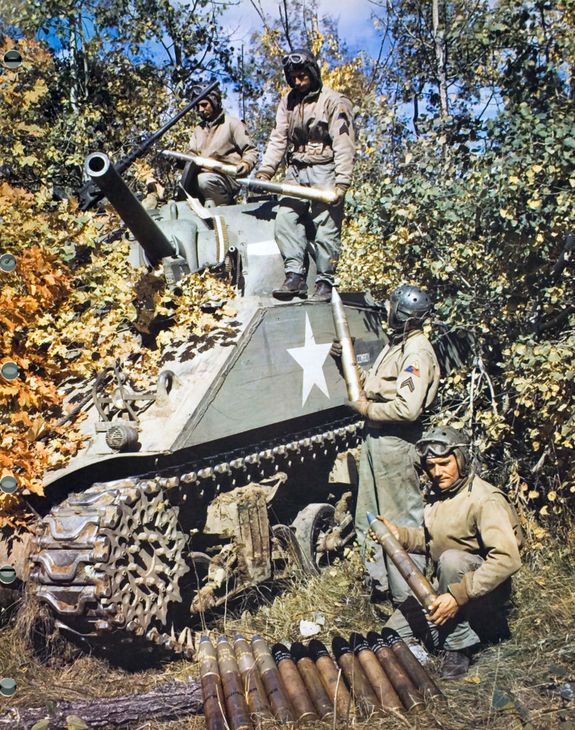
Great Britain also used the Sherman during the latter half of World War II, but was concerned by the limited penetrating power of the M41s 75-mm, medium-velocity main gun. Dissatisfied with the weapon, but not constrained by the American War Department, the British modified a number of their Shermans.
After considerable discussions with the Americans, the British finally modified some of the Shermans they received. The British version of the Sherman, called the "Firefly," included the third-generation British antitank gun, the seventeen pounder (77-mm). This gun fired a far larger round, and its long bore and higher velocity gave it much greaber capability against German armor. Mounting this gun required cutting out the rear wall of the Sherman’s turret and adding an armored box, as well as a new hatch for the loader. To carry a useful number of the big 17-pounder rounds, they also removed the bow machine gun and gunner. Almost as fast as a standard Sherman, it was not quite as good as a German PzKwIVH but at least the gap had been narrowed.
Of the 3,202 medium Sherman tanks in the United States in 1950, 1,326 were unserviceable. Building a tank requires a long lead time. Thousands of parts must be manufactured and assembled. Specialized tools and dies are required, as are skilled engineers and workers. Because of the extensive time required to retool and reenergize American tank production during the Korean War, more troops were using the World War II vintage Sherman tank than the newer M-46 "Patton" as late as October 1952.
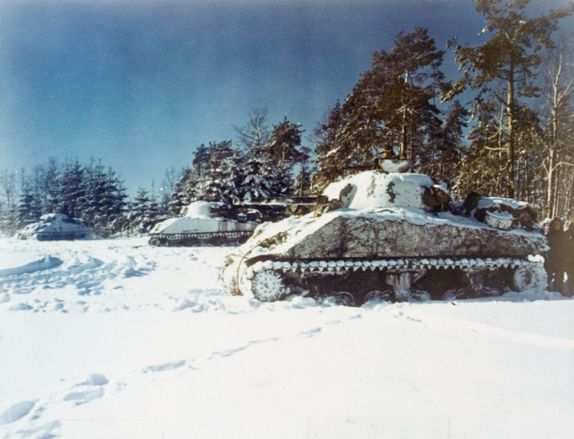
![]()
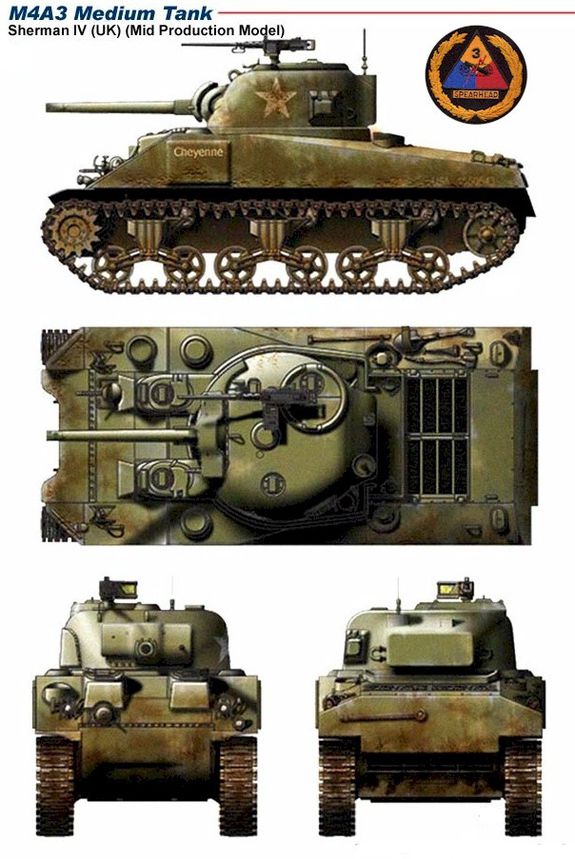

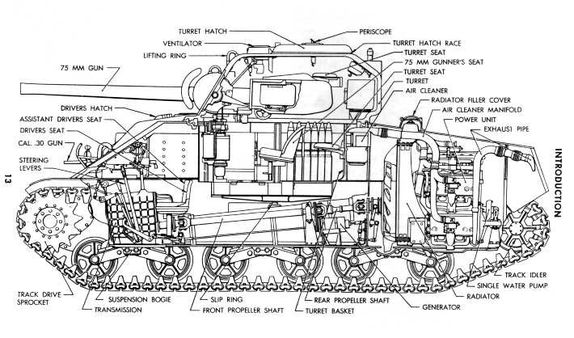
.

.
![]()
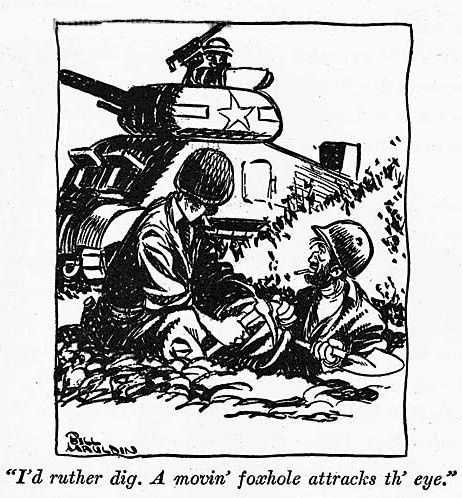
![]()

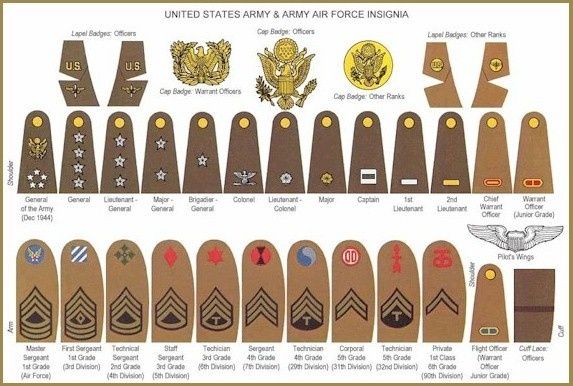
![]()

3 rd Armored Division
|
The 3rd Armored Division ("Spearhead") was an armored division of the United States Army. Nickamed the Third Herd, the division was first activated in 1941, and was active in the European Theater of World War II.
Order of battle
The Third Armored Division was organized as a "heavy" armored division, as was its counterpart, the Second Armored Division aka "Hell on Wheels". Later, higher-numbered U.S. armored divisions of WW2 were smaller, with a higher ratio of armored infantry to tanks, based on lessons of the fighting in North Africa.
Combat Units:
Training Timeline
The division was activated on 15 April 1941 at Camp Beauregard, Louisiana. In June 1941, it moved to Camp Polk Louisiana (now Fort Polk). On 9 March 1942, it came under Army Ground Forces and was assigned to the II Armored Corps. In July 1942, it was transferred to Camp Young, CA and from August to October 1942, took part in maneuvers at the Desert Training Center. It left Camp Young in January 1943 and moved to the Indiantown Gap Military Reservation, Pennsylvania.
Into Battle
The first elements of the 3rd Armored in France saw combat on 29 June, with the division as a whole beginning combat operations on 9 July 1944. During this time, it was under the command of VII Corps and XVIII Airborne Corps for some time, and assigned to the First Army and the 12th Army Group for the duration of its career. Across the Rhine
On 10 September 1944 the Spearhead Division fired what it claimed was the first American field artillery shell of the war onto German soil. Two days later it passed the German border and soon breached the Siegfried Line, taking part in the Battle of Hurtgen Forest.
The division swept into the key city of Cologne in March 1945. Beyond Cologne the division swept up Paderborn in its advance, to shut the back door to the Ruhr. In April, the 3rd crossed the Saale River, north of Halle, and sped on toward the Elbe River.
On 11 April 1945, the 3rd Armored discovered the Dora-Mittelbau concentration camp. The division first arrived on the scene, reporting back to headquarters that it had uncovered a large concentration camp near the town of Nordhausen. Requesting help from the 104th Infantry Division, the 3rd immediately began transporting some 250 ill and starving prisoners to nearby hospital facilities.
At war’s end it pulled up near Dessau. Occupational duty near Langen was given the division following V-E Day, a role it filled until inactivation. The division was inactivated on 10 November 1945.
|
![]()
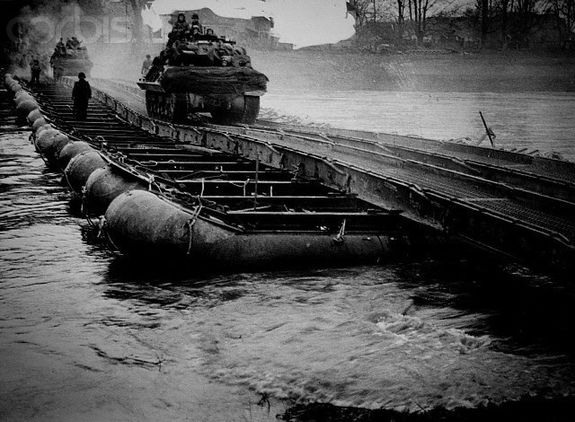

![]()

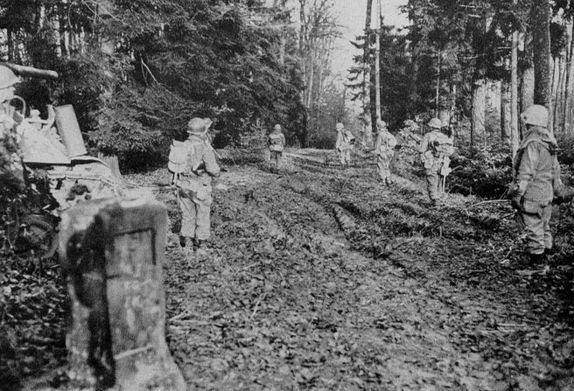
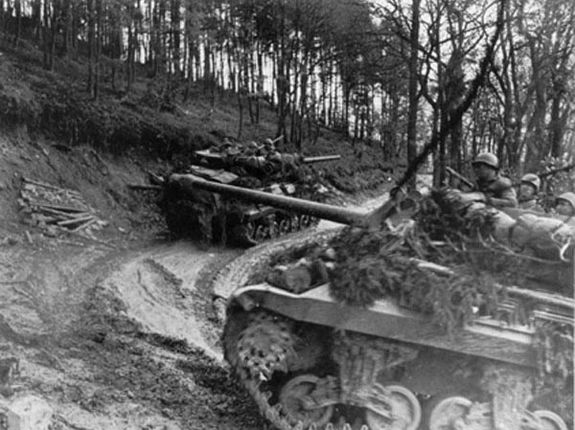


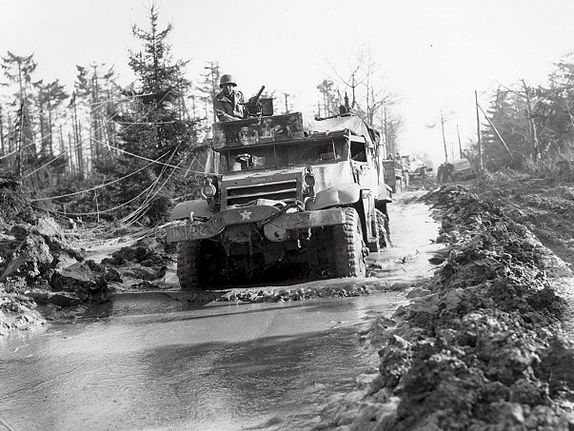
![]()



![]()

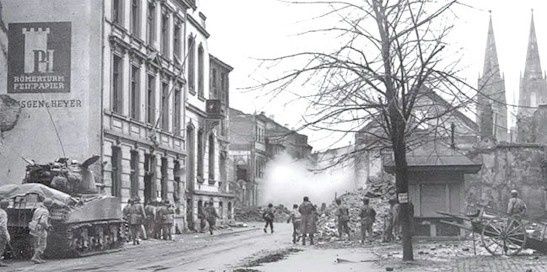
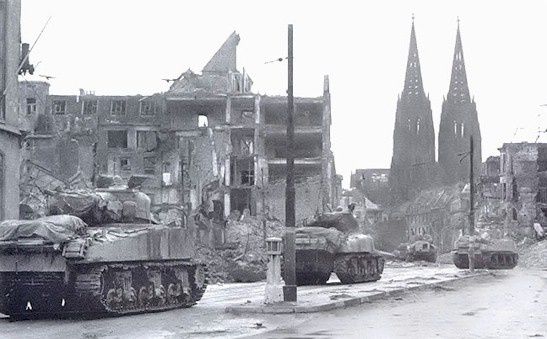


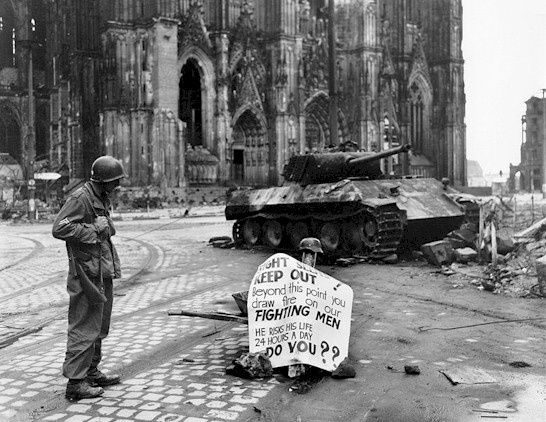
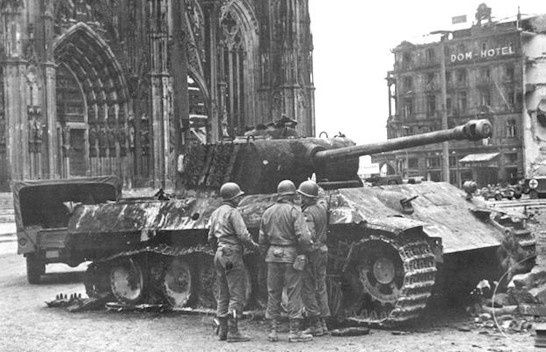
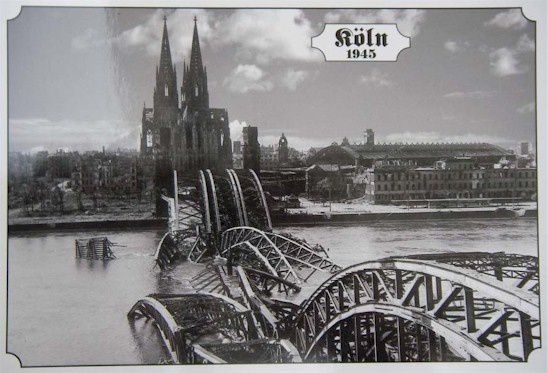
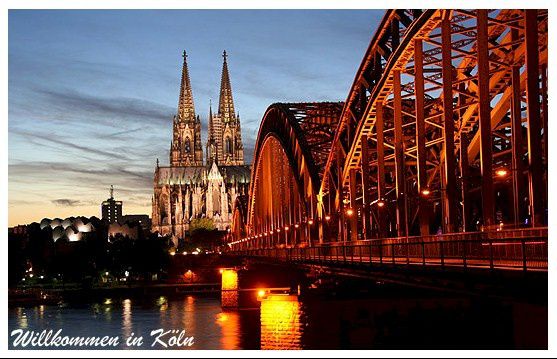
![]()
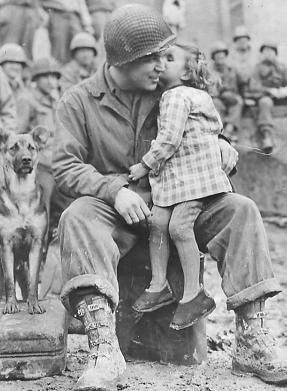
![]()




















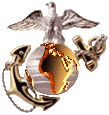
/idata%2F0396584%2FKOREA%2F71910_korea_MIA1_800.JPG)
/idata%2F0396584%2FU.S.ARMY-POST-WW2%2Fphot4901a.jpg)
/idata%2F0396584%2FDRAWINGS-UNIFORMS-WW2%2F30-451-09b-2.jpg)
/idata%2F0396584%2FP-40%2F44FS000.jpg)
/idata%2F0396584%2FGERMAN-U-BOAT%2FBundesarchiv_Bild_101II-MW-1031-28-_Lorient-_U-31.jpg)
/idata%2F0396584%2FSOVIET-ARMY-WW2%2F1.jpg)




